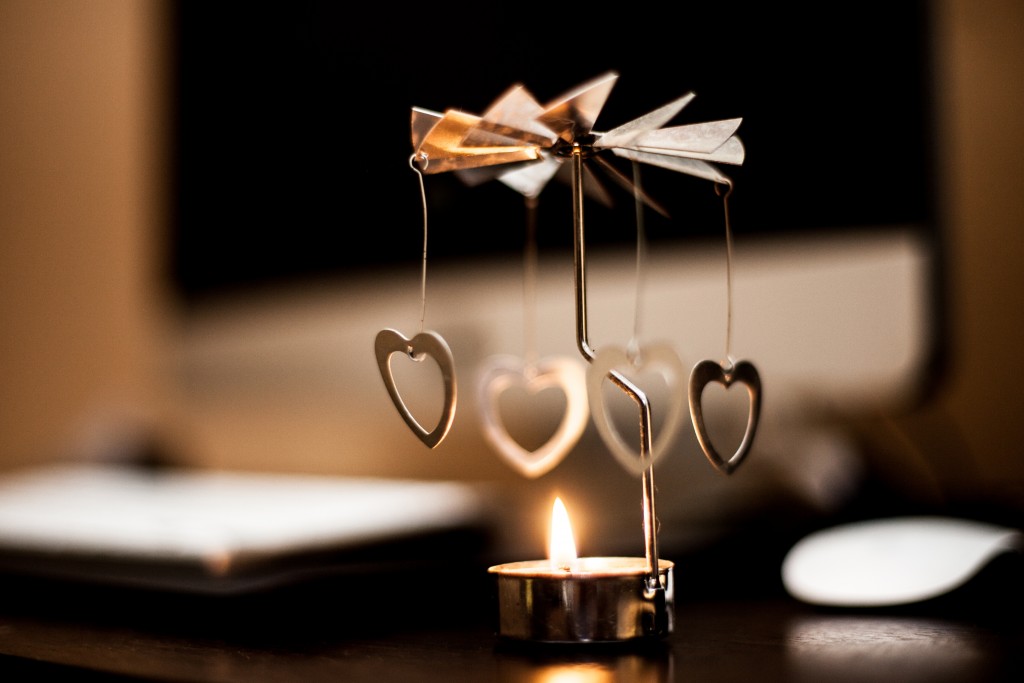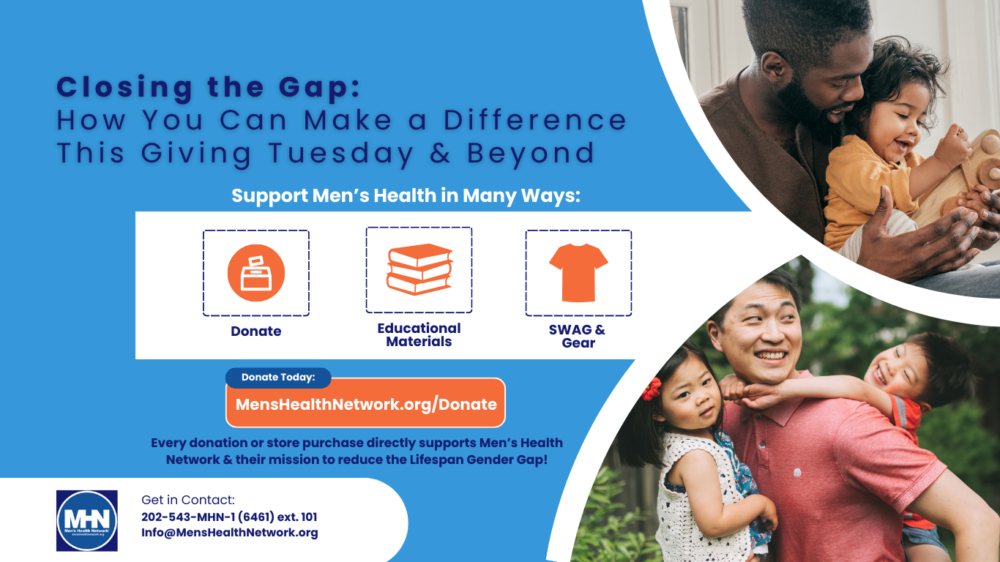An electrical engineer at Stanford University has devised a way to wirelessly transfer energy deep inside the body where it can be used “to run tiny electronic medical gadgets such as pacemakers, nerve stimulators or new sensors and devices yet to be developed,” according to a University press release. The goal is to create “electroceuticals,” which could be used as alternatives to more traditional drug therapies. “We need to make these devices as small as possible to more easily implant them deep in the body and create new ways to treat illness and alleviate pain,” said Ada Poon, an assistant professor of electrical engineering,
One of the first devices produced by Poon and her team is a pacemaker that’s about the size of a grain of rice. They device is implanted in the patient (in this case, a rabbit), and can be recharged “wirelessly by holding a power source about the size of a credit card above the device, outside the body.” The charger uses about the same amount of power as a cell phone and, says Poon, is well within the range of what’s considered safe for humans. Some experts speculate that electroceuticals could be safer and more effective than drugs because they can deliver treatment directly to very specific areas in the brain and the rest of the body. Drugs, on the other hand, tend to affect the whole body.
Poon’s lab is hoping to begin testing on humans as soon as the tests are approved. We’ll keep you posted. In the meantime, you can read the full press release here:
The study, “Wireless Power Transfer to Deep-Tissue Microimplants,” was published in the journal Proceedings of the National Academy of Sciences.




